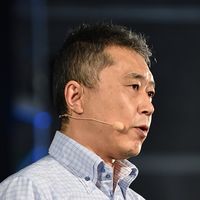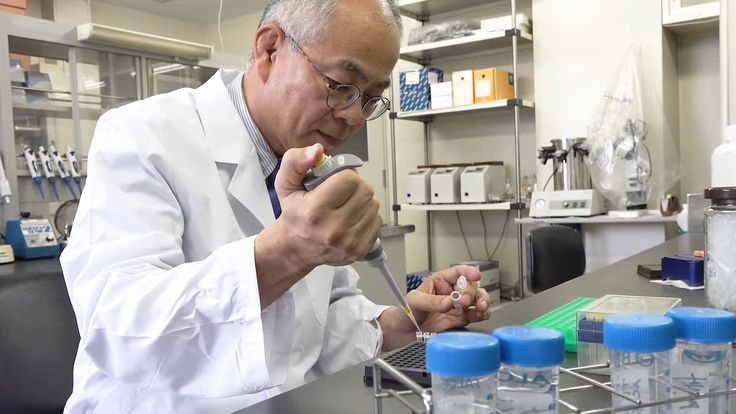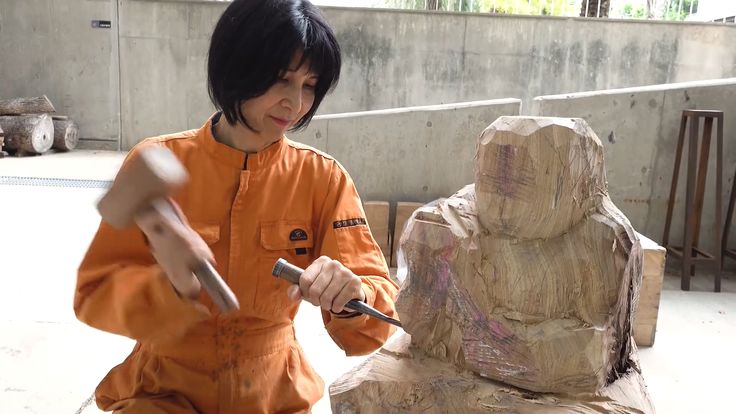Keeping space safe and useful for the future
with Prof. Toshiya Hanada
Thousands of kilometers overhead, millions of pieces of man-made debris are currently hurtling around Earth, many at nearly 28,000 kilometers per hour. While such distant objects in the vastness of space may seem irrelevant to many of us, debris the size of a coin traveling at these speeds can catastrophically damage satellites, immediately making its presence felt if it knocks out services needed for weather forecasts, GPS, television broadcasts, and more.
“Left alone, future collisions will cause the amount of space debris to continue growing even without new rocket launches, making operations in space more dangerous every year,” says Toshiya Hanada, a professor of the Department of Aeronautics and Astronautics of Kyushu University’s Faculty of Engineering. “To keep space safe for the future, we must act now.”
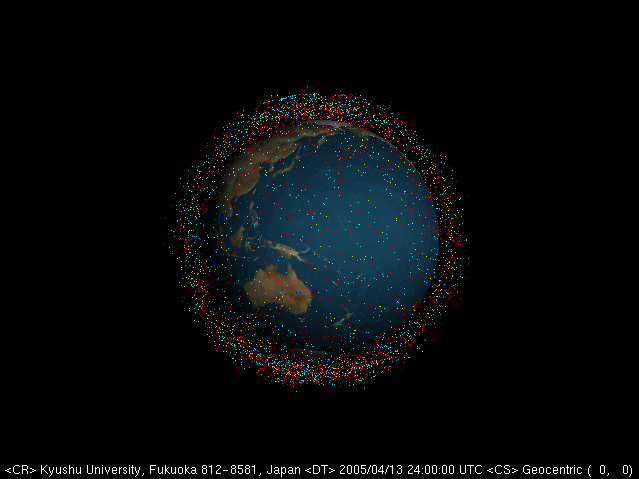
Since 1997, Hanada has been combining theory and calculations with experimental tests to develop models for tracking space debris and predicting how the debris situation will evolve as time passes. This has culminated in the development of NEODEEM, a model to track and forecast the future of all objects around Earth, in collaboration with the Japan Aerospace Exploration Agency (JAXA).
In taking on such a complicated problem, Hanada’s motto has always been “simple is best.” He and his group try to find simple laws and algorithms that can explain seemingly complex phenomena, combining known equations and algorithms and creating new ones as needed, such as for evaluating the probability of collisions or reducing the number of options to consider. When known models and data are insufficient, he goes into the lab or field to fill in these gaps.
“Our experimental data on the breakup of satellites impacted at high and low speeds have been incorporated into our models and referenced by many space agencies building their own models,” explains Hanada.
NEODEEM itself began as two separate models developed by Hanada. The first, called GEODEEM, focuses on tracking space debris in the region of geostationary orbits, which sit at a sweet spot 35,786 km above the equator and allow satellites in them to maintain a constant position over the Earth.
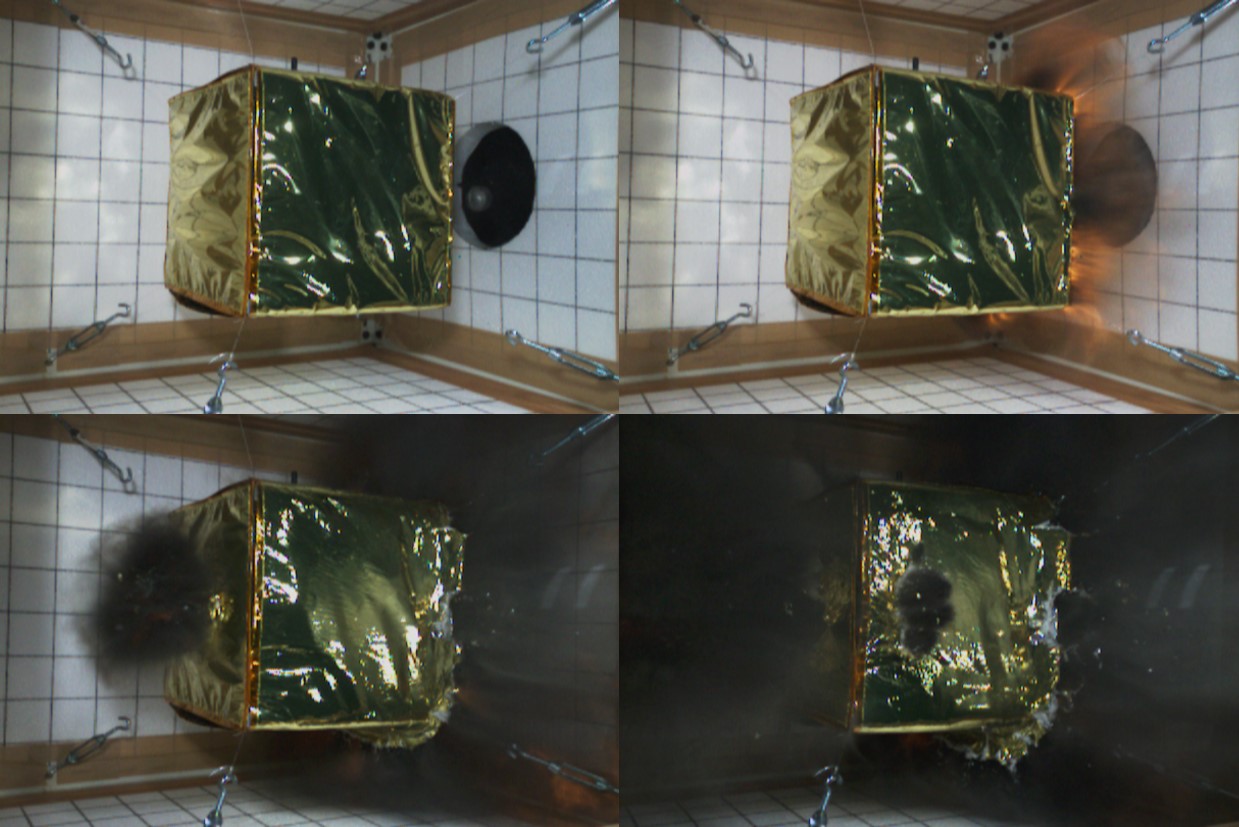
Adding complexities such as atmospheric drag—which can vary greatly as the sun heats the atmosphere—when objects pass closer to Earth, Hanada jointly developed with JAXA a model named LEODEEM to track objects in low-Earth orbits approaching within 2,000 km of Earth’s surface. Combining and continually updating these models now gives a complete picture of all object orbiting Earth through NEODEEM.
In addition to adapting these models to guide the tracking of debris with ground-based systems and determine the origin of debris, Hanada is also actively considering methods for debris removal—along with policies to promote it—and designing small satellites, with one goal being the evaluation of micrometer-sized debris in space that cannot be observed from the ground.
An important part of this research and teaching into satellites is student-led projects, such as the creation of soda-can-sized prototype satellites, referred to as CanSats, that are launched up to four kilometers high into the atmosphere as a test. In these projects, the students are truly in charge, with Hanada being just another participant.
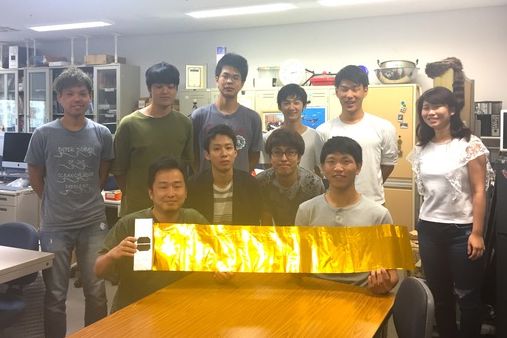
“I have to be careful not to comment or step in unless they consult me—which can certainly be hard sometimes,” comments Hanada. “But it always astounds me how much the students grow through these projects and experiences, which they are balancing on top of other responsibilities and studies.”
Currently, he and his students are pursuing the crowd-funded creation of a small satellite, nicknamed Q-Li, for comparing the accuracy of theories for modeling rotating objects from ground-based observations of the light they reflect with actual measurements by onboard sensors.
Through these and other efforts to train the next generation of scientists and tackle the issue of space debris head on, Hanada is determined to keep space clean and useful for the benefit of generations to come.
































